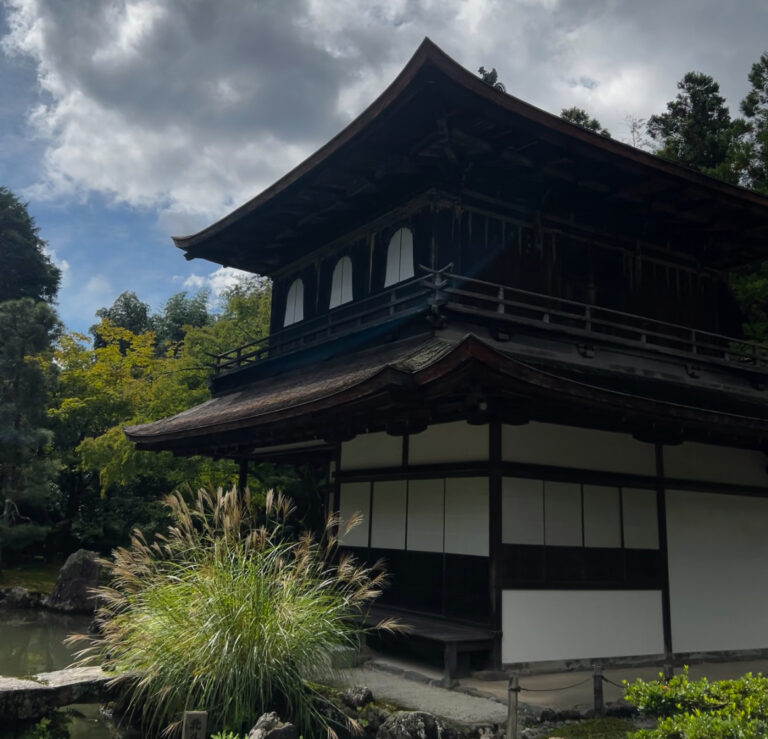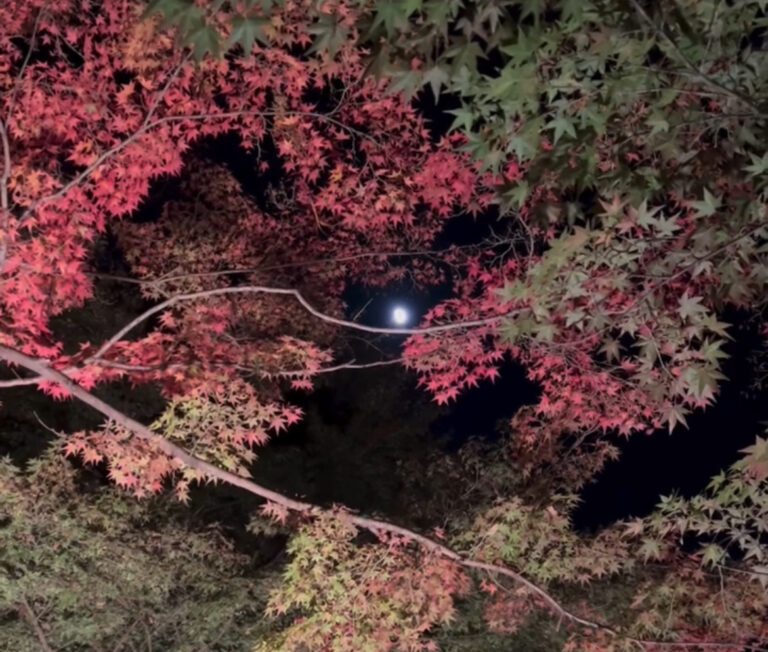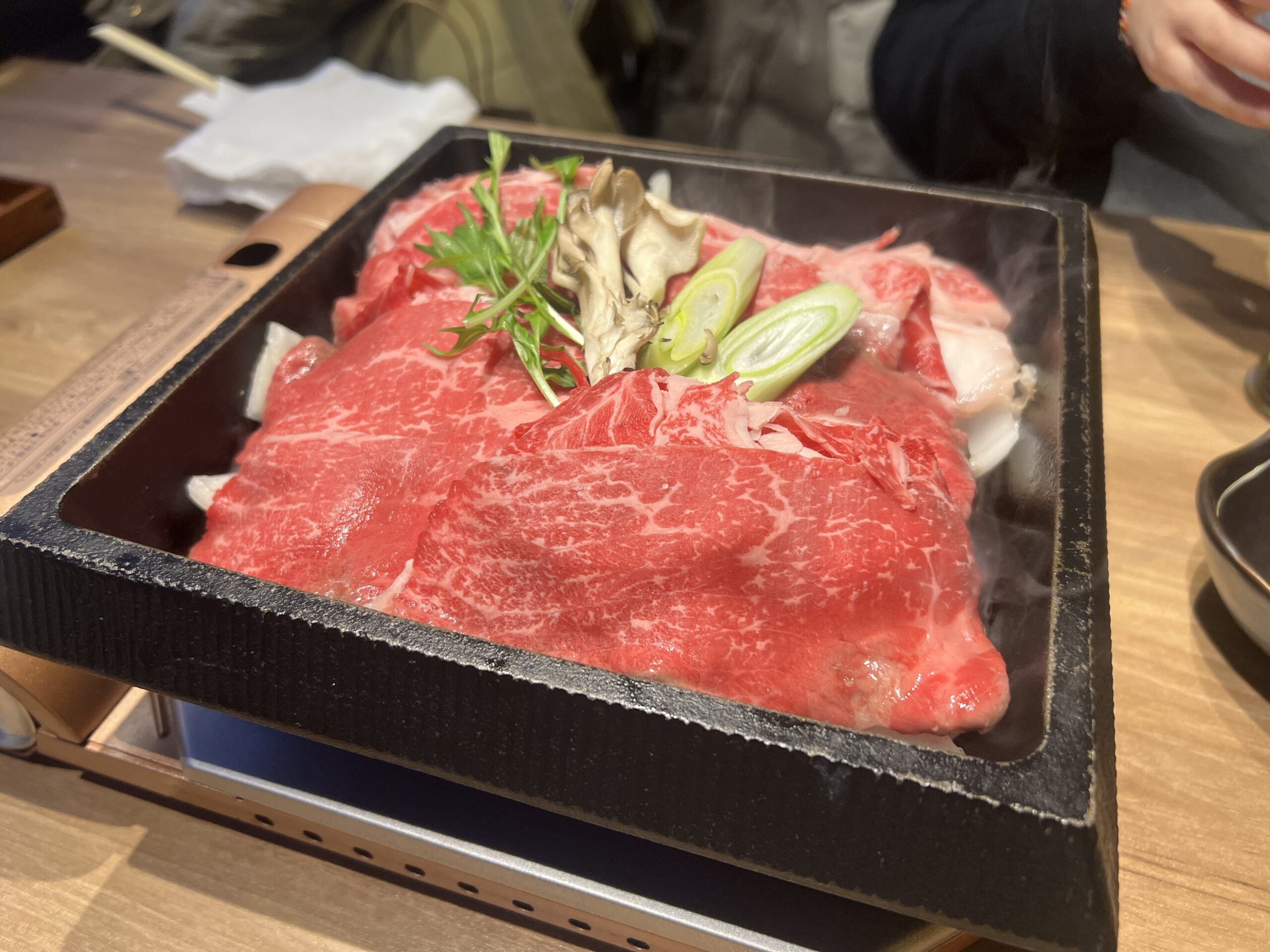When you think of Kyoto, iconic sites like Kinkaku-ji (the Golden Pavilion) and Fushimi Inari Taisha may spring to mind.
While these attractions are undeniably breathtaking, Kyoto is also home to a treasure trove of hidden gems waiting to be explored. If you’re looking to experience the city’s rich culture and history without the crowds, here are some lesser-known spots that deserve a place on your itinerary.
Table of Contents
ToggleNanzen-ji Temple
The Nanzen-ji complex is a prominent Zen Buddhist temple in Kyoto. It features stunning architecture, serene gardens, and the iconic Sanmon Gate, along with an intriguing aqueduct that runs through its grounds.
Nearby, the Keage Incline offers a picturesque walking path lined with cherry blossoms and remnants of old railway tracks, connecting to the scenic Philosopher’s Path.
Just a short distance away, the Biwako Sosui Museum showcases the history and significance of the Biwako Canal, blending informative exhibits with beautiful views, making these sites a perfect trio for exploring Kyoto’s cultural and natural beauty.


Philosopher’s Path (Tetsugaku no Michi)
The Philosopher’s Path is often overshadowed by more famous sites.
This canal-side walkway is lined with cherry blossom trees and is perfect for a leisurely stroll. The path stretches for about 2 kilometers, connecting Ginkaku-ji (Silver Pavilion) to Nanzen-ji Temple.
Along the way, you’ll find charming cafés, art galleries, and small shrines, making it a perfect spot for reflection and discovery.

Ginkaku-ji (Silver Pavillion)
Ginkaku-ji, or the Silver Pavilion, is a stunning Zen temple located in the eastern part of Kyoto.
Originally built as a retirement villa for Shogun Ashikaga Yoshimasa in the late 15th century, it later became a temple of the Rinzai Zen sect.
The main structure, with its elegantly understated architecture, features a two-story design, showcasing traditional Japanese aesthetics.


Kamigamo Shrine
Kamigamo Shrine is one of the oldest Shinto shrines in Kyoto.
Located in a quiet area away from the bustling city, it offers beautiful architecture and tranquil gardens. The shrine hosts various traditional ceremonies, and if you’re lucky, you might catch a glimpse of one during your visit.


Shimogamo Shrine
Shimogamo Shrine, one of Kyoto’s oldest and most important Shinto shrines, dates back to the 6th century and is part of the UNESCO World Heritage Site known as the “Historic Monuments of Ancient Kyoto.”
Nestled in a forest at the Kamo River and the Takano River, the shrine is dedicated to the deities of the Kamo clan and is known for its beautiful, quiet surroundings.
A highlight of the shrine is the surrounding forest, known as Tadasu no Mori. Revered for centuries, it embodies Shinto beliefs in the sacredness of nature and serves as a dwelling place for kami (deities).


Kibune Shrine
Kibune Shrine is located in the village of Kibune north of Kyoto.
It is a significant Shinto shrine dedicated to the deity Kifune no Okami, who is believed to be the protector of water and agriculture. Besides, Kibune Shrine is also famous for its water offerings, with visitors drawing sacred water from the river, believed to bring blessings and good fortune.


Kitanotenmangu Shrine


Byodoin Temple
Byodoin in Uji is a UNESCO World Heritage Site, which was originally built in the 11th century as a villa.
Besides, Byodoin is prominently featured on the 10 yen coin in Japan. The image depicts the iconic Phoenix Hall(Hōō-dō), which showcases Heian-period architecture with intricate carvings and golden details.
Furthermore, Uji is the perfect place to enjoy high-quality Uji green tea.

Murin-an
Just a short distance from Keage Station, Murinan is a peaceful place in Kyoto known for its beautiful gardens and traditional Japanese design.
It was originally built as a villa for a politician and has interesting history. Visitors can enjoy the calm atmosphere while exploring the gardens, which change with the seasons.
Murinan also hosts art events and offers traditional tea ceremonies, allowing people to experience Japanese tea culture. With fewer tourists, it’s a hidden gem where you can relax and appreciate the beauty of nature.
Plus, it’s also close to attractions like Nanzen-ji Temple and Heian Shrine.


Heian Shrine
Heian Shrine is a Shinto shrine in Kyoto. It is built in 1895 to celebrate the city’s 1,100th anniversary.
It features beautiful red and green buildings that look like ancient Japanese architecture. The shrine has large gardens that are famous for their beauty in different seasons—cherry blossoms in spring and colorful leaves in autumn.
Visitors can enjoy the peaceful surroundings, take part in traditional rituals, and learn about Japanese culture.
Heian Shrine is a great place to see both nature and history, making it a must-visit spot in Kyoto.


Tired of Planning? Book a Private Tour!
Researching and planning your own itinerary can be overwhelming.
You might miss out on key attractions or hidden gems, because you don’t know where to go or how to get there efficiently.
Booking a private tour in Osaka gives you a personalized experience.
You can choose exactly what you want to see and do.
BOOK NOW for 10% OFF with code “PJT.KYOTODIARIES” to travel comfortably and efficiently!





